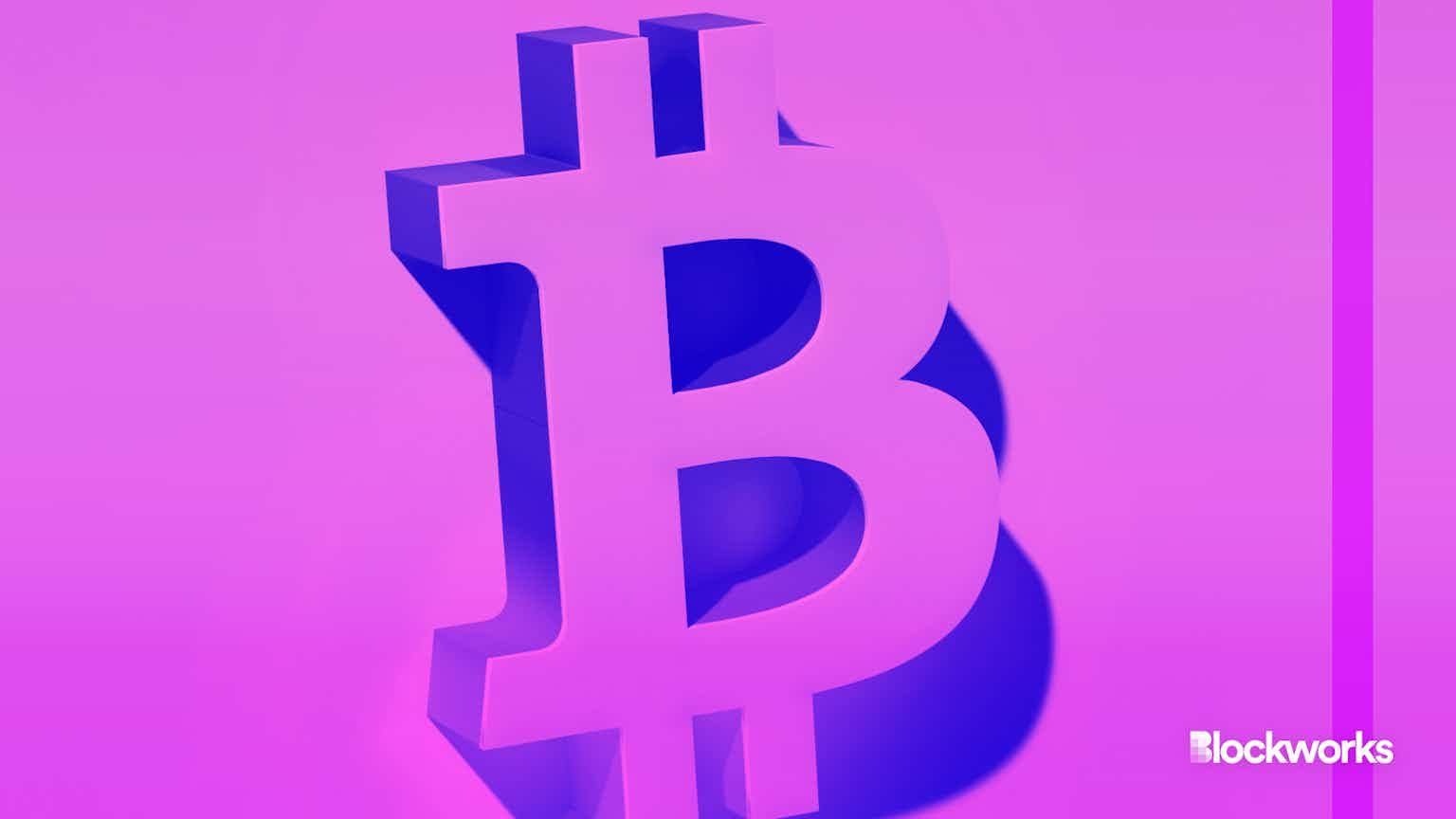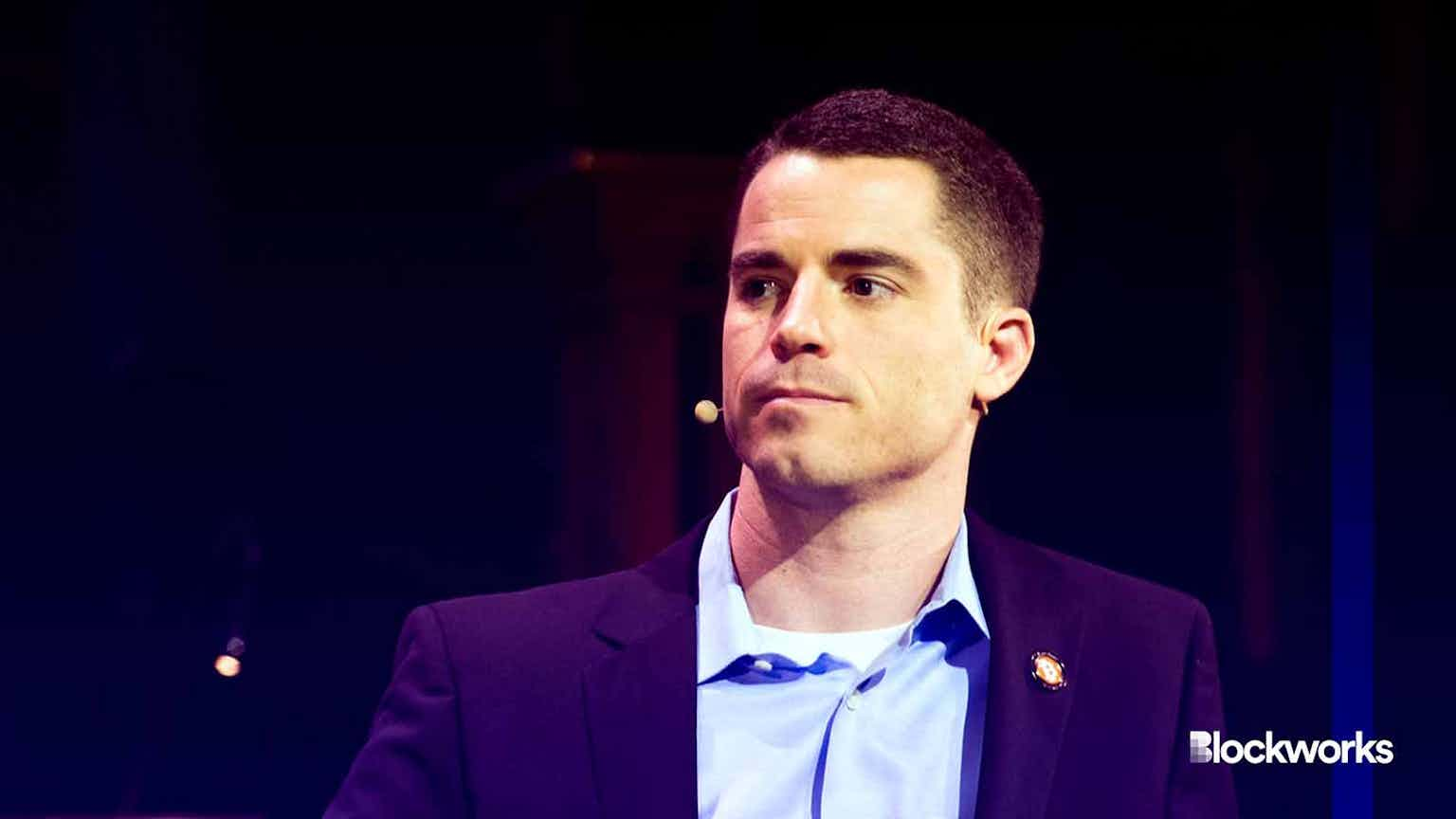This Bitcoin halving cycle, miners need a new energy strategy
Bitcoin miners need to explore unconventional energy avenues or be buried by the financial realities created by this halving

Artwork by Crystal Le
Ahead of the looming Bitcoin halving, miners must soon confront the new reality of a potential substantial drop in profitability. This dynamic has spurred the reevaluation of miners’ relationship with energy, which is their largest input cost.
With block subsidies being reduced by half, miners can no longer be passive energy consumers. Instead, they must evolve into strategic energy partners that create new forms of value to ensure they thrive amidst the evolving bitcoin mining landscape.
To bolster profit margins, miners have traditionally prioritized low-cost energy sources. The Bitcoin halving will only intensify this pursuit, compelling miners to explore unconventional energy avenues and establish symbiotic relationships with energy producers to increasingly lower or offset their cost of energy. This shift signifies a departure from mere energy consumption towards more active participation in optimizing energy generation and transmission.
Renewable energy emerges as a promising solution for miners grappling with shrinking margins and seeking more cost-effective energy options. Technologies like wind and solar power, once considered niche, now attract considerable attention. While the intermittent nature of renewable sources poses challenges for the average consumer, miners can leverage their ability to quickly power up and down to align energy consumption with intermittent energy supply, reducing costs and stimulating investment in clean energy infrastructure.
Often, sites like hydropower or solar farms produce “stranded energy” that cannot reach end users. However, bitcoin miners can operate around those sites, thereby monetizing the otherwise unused energy resources and converting them into bitcoin. Marathon, for example, operates sites colocated with a hydro dam in Paraguay and a wind farm in Texas.
Moreover, miners can help to spearhead initiatives that harness overlooked sources of waste energy. Marathon launched a pilot project aimed at converting methane emissions from landfills into electricity exemplifying this innovative approach. By repurposing waste into a valuable resource, miners not only diminish their environmental impact but also access a cost-effective energy alternative. While many of these pilot projects are in their infancy and don’t yet make huge contributions to the total BTC global hash rate, they do serve as powerful proofs of concept that could scale significantly in the future.
Efforts to optimize the heat generated by mining rigs represents another frontier in the pursuit of low-cost energy. Collaborating with industries that can utilize surplus heat, like agriculture or domestic heating, enables miners to diversify revenue streams while reducing dependence on conventional energy sources.
Read more from our opinion section: Bitcoin ETFs could actually be good for the environment
The need to curtail energy costs post-halving also necessitates technological ingenuity within the mining sector. From more energy-efficient ASICs to immersion cooling, miners are driving advancements that transcend their own industry, with the potential to also revolutionize global energy consumption. As energy demand continues to reach record highs across the US, this type of innovation stands to benefit not only the mining sector but a much broader swathe of power-intensive industries.
In the face of adversity, miners have the power to reshape the energy sector, paving the way for a greener, more efficient future. By providing a service and becoming valuable energy partners rather than customers, bitcoin miners can contribute not only to the sustainability of Bitcoin but also to a more sustainable world at large.
Start your day with top crypto insights from David Canellis and Katherine Ross. Subscribe to the Empire newsletter.





